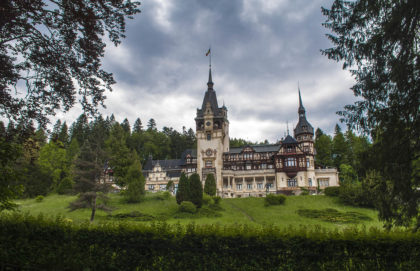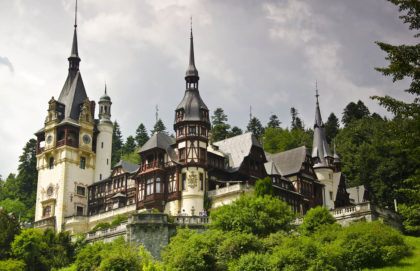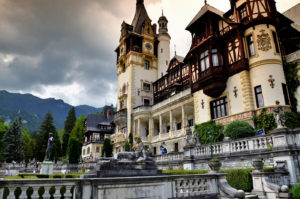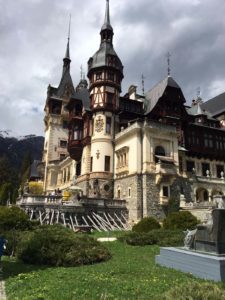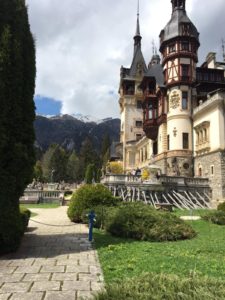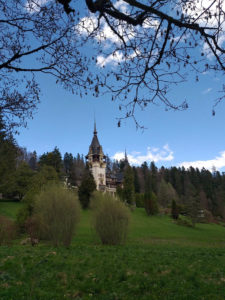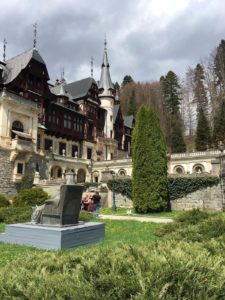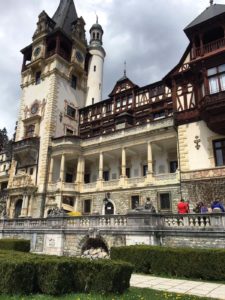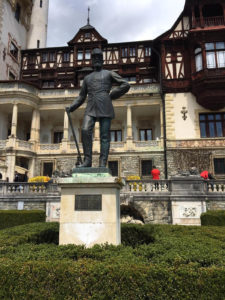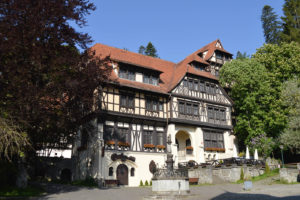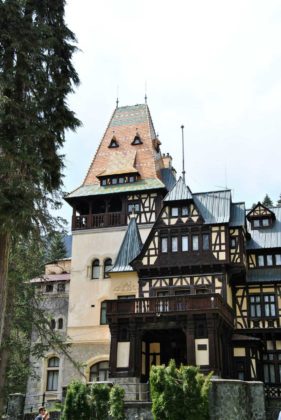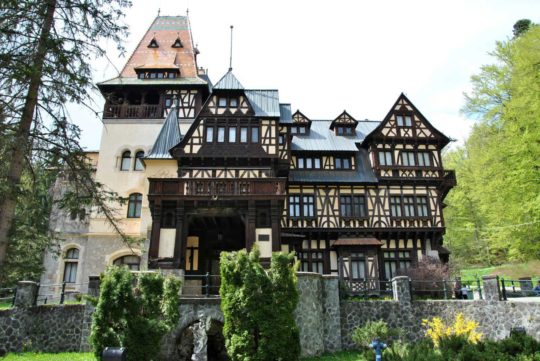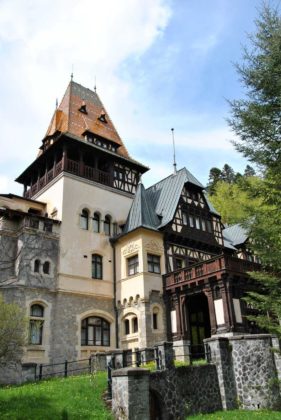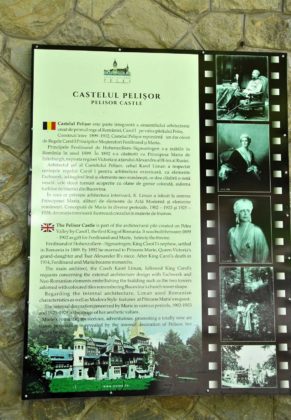
Surroundings | Peleș Castle / Pelisor
Peleș Castle / Pelisor
Peleș Castle
This palace in Sinaia was built between 1873-1914, a period in which approximately 16 million lei-gold were allocated for its construction and is still today one of the most important monuments in Europe in terms of the period in which it was built. Peleș hosted many great personalities of the time, including even the Austro-Hungarian Emperor Franz Joseph in 1896. In the first 6 months of 2010, around 80,000 tourists came to the Transylvanian region to see the prestigious building. There are many curiosities about this castle, such as the fact that in 2009 it was featured in the film The Brothers Bloom, in the series A Christmas Prince and many others and in 1941 it was illustrated on the back of the bacon of the time; however, no matter how much interesting information you find about the castle, nothing compares to visiting it yourself.
The view towards Peles is certainly overwhelming, the castle is surrounded by greenery, gardens and parks and the overall picture is like something out of a movie, with its vortexes scraping the clouds. It covers about 3200 square meters and has 170 rooms and 30 bathrooms and in the area were also built the Pelișor Castle and Foișorul. Among the most important rooms that can be visited are the Hall of Honour, the Royal Library containing rare books with gold engraved letters and a secret door where the King himself retreated to take refuge in the various rooms of the castle, the Halls of Arms, the Music Hall, the Theatre Hall, the Concert Hall and many others.
Words cannot describe the grandeur of this dream place that has remained relevant and will continue to impress tourists with its wonder. It is truly a pearl hidden in the Bucegi Mountains, a mosaic of different architects who have left their mark on every corner of the Palace and its garden in the classic European style.

